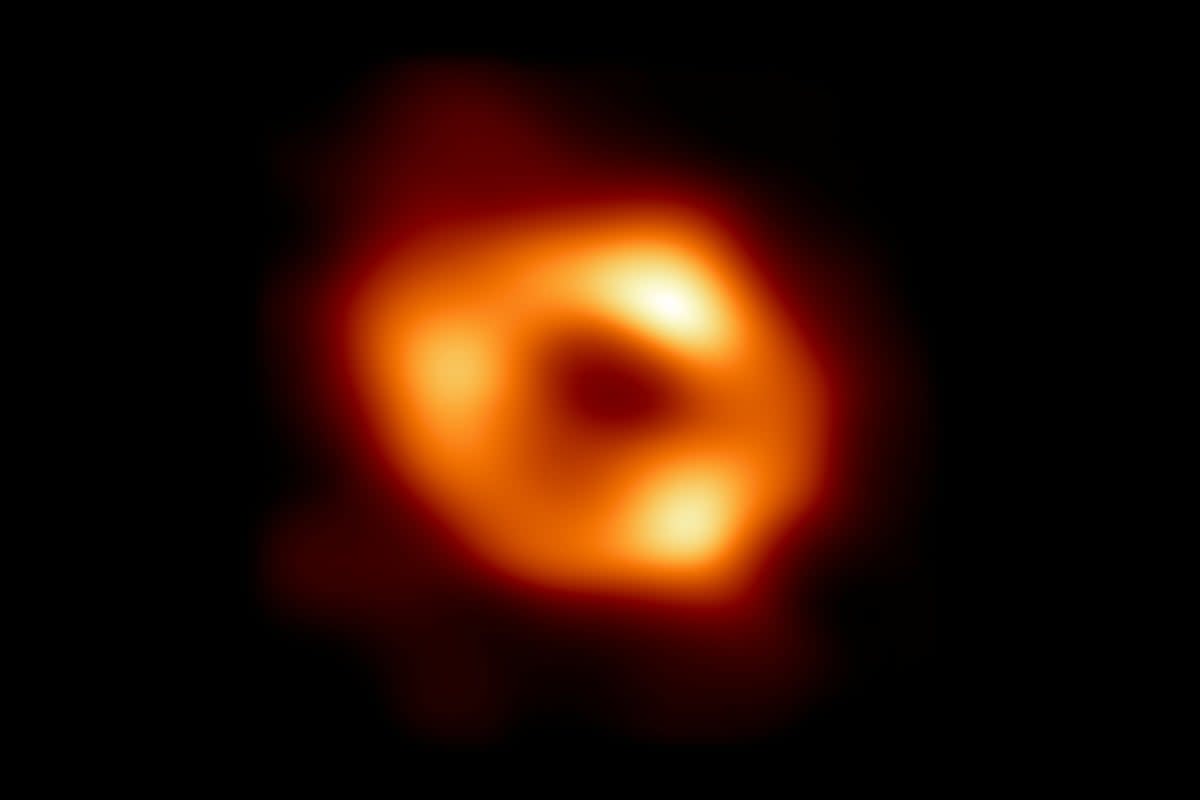Black holes may determine which stars go unborn, and how many flicker to life

The supermassive black holes believed to lurk at the hearts of most galaxies may control the fates of their galaxy’s stars — which get born, and which never come into being.
That’s the finding of a new paper in the journal Nature Astronomy by a European team of astronomers studying the supermassive black hole at the center of galaxy IC 5063, which lies about 156 million light years from Earth. Supermassive black holes feed on disks of gas and dust whirling about them, and the energy released as the material is compressed and squeezed just before falling into the black hole generates powerful jets of energy.
While many black hole jets eject matter and energy perpendicular to the plane of their galaxy, the jets from the black hole at the heart of IC 5063 appear to shoot through the plane of the galaxy, alternately compressing and dissipating clouds of molecular gas. Compressed clouds form more stars, while dissipated clouds form fewer stars.
“Our results show that supermassive black holes, even though they are located at the centers of galaxies, could affect star formation in a galaxy-wide manner,” study author and University of Athens, Greece astronomer Kalliopi Dasyra said in a statement. ”Studying the impact of pressure changes in the stability of clouds was key to the success of this project.”
The researchers used the Atacama Large Millimeter Array, an array of more than 60 radio telescope dishes in Chile, and the Very Large Telescope, an optical telescope also in Chile, to study the supermassive black hole’s effect on galaxy IC 5063. By measuring the distribution of different chemical species, such as carbon monoxide, and ionized nitrogen and sulfur, the researchers were able to map how the jets changed exerted pressures throughout the galaxy.
But to better understand how supermassive black hole jets may affect star formation across galaxies will require further study, the researchers note, especially with the newly operational James Webb Space Telescope.
“We are truly excited about getting the JWST data”, Dr Dasyra said, “as they will enable us to study the jet-cloud interaction at an exquisite resolution”.

